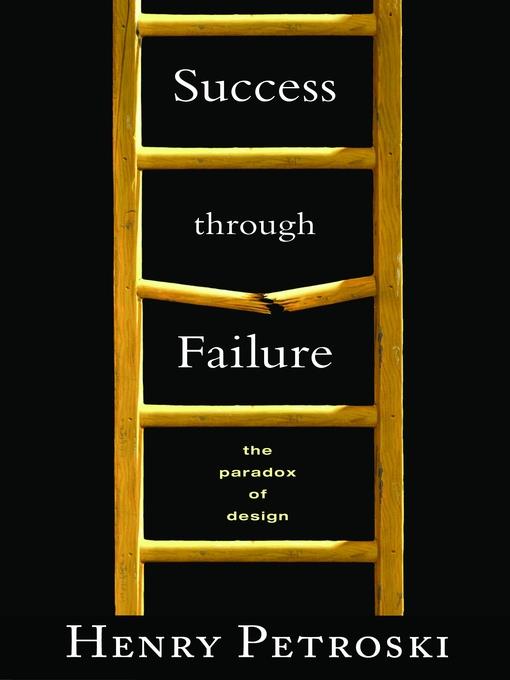
Success through Failure
The Paradox of Design
کتاب های مرتبط
- اطلاعات
- نقد و بررسی
- دیدگاه کاربران
نقد و بررسی

January 30, 2006
From the clumsy packaging of Aleve pain reliever to the space shuttle Columbia
disaster, this engrossing study mourns and celebrates failed designs that spur further improvement. Civil engineer Petroski, author of The Evolution of Useful Things
and other meditations on manufactured objects, reminds us that setbacks teach us more than triumphs. The principle is easy to see in gargantuan construction projects; the art of bridge building, he notes, advances over the rubble of collapsed spans. But the essence of engineering, he contends, is to construe every limiting aspect of existence as a remediable malfunction; even the elemental wooden pointer is an underperforming contraption with a bug—finite length—corrected in the next generation of laser pointers. The moral Petroski draws—success breeds hubris and catastrophe, failure nurtures humility and insight—is worth pondering, but his conceit mainly furnishes a peg for his trademark historical sketches of the world of objects, full of evocative observations of, say, those interludes during the glitch-prone dawn of PowerPoint presentations when "everyone just stood around or sat by and watched in silence as the bashful new technology was coaxed out of its black box." He delivers a lesson in the price of progress and another perceptive look at the relationship between man and his stuff. Photos. B&w illus.

March 15, 2006
This is a book about human nature in design settings and its role in the development of products and our built environment. Petroski ("Evolution of Useful Things"), a highly praised and popular engineering writer, draws on his body of work to pull together his knowledge of the relationship between success and failure in engineering design. Ingenuity is explored as a pendulum that swings between success and failure, driven by design philosophy and practices in a given place and time. Case studies and examples include bridges, spacecrafts, airports, buildings with architectural celebrity, New Coke, U-Locks, and notable structures that have suffered from performance issues. Also included is a wonderful history of visual aid technologies related to education and public speaking. "Success Through Failure" often reads like an inspirational conference plenary, which is not surprising given that it is based on three public lectures delivered at Princeton University in 2004. Strongly recommended for engineering and public library collections." -James A. Buczynski, Seneca Coll. of Applied Arts & Tech., Toronto"
Copyright 2006 Library Journal, LLC Used with permission.

March 15, 2006
Civil engineer and historian Petroski interprets the 1940 collapse of the Tacoma Narrows Bridge as a cautionary tale for designers. That bridge failed because engineers made it by enlarging a previously successful idea. Wise designers, Petroski insists, must always contemplate the possibility of failure. Indeed, it is usually failure that spurs designers on toward improved blueprints. Failure-induced improvement may mean merely that lecturers can use a laser pointer in place of a yardstick, but it may also mean that physicians can turn to lifesaving diagnostic software far superior to fallible human protocols. The potential for failure manifests itself before the event to those designers blessed with prescience, but often improvements are only implemented in the wake of actual failures. From ancient Roman engineers dismayed at the failure of stone-arch bridges to twenty-first-century American architects stunned by the collapse of the Twin Towers, designers have frequently learned valuable principles through hard tutelage. Lucid and concise, this study invites nonspecialists to share in the challenge of trial-and-error engineering.(Reprinted with permission of Booklist, copyright 2006, American Library Association.)

























دیدگاه کاربران